Zee, Zeekamp, Seekamp, which is it?
Today, we know our surname is Zee. That’s pretty easy. Three letters, no confusion. But how did our first Zee, Bruno Zee, get the name? He was, after all, born Bruno Seekamp, so how did that change?
Spelling
Spelling was a different animal in the 18th century. Today we pay great attention to whether you spell your name Brian or Bryan. Back then however, it was all about how it sounded. Bruin, Bruijn, Bruyn, Bruno, and sometimes Brüne or Bruene, are all the same person.
Surnames
If you spend any length of time at all in old Dutch documents, you’ll see that most names in the 1700’s look something like Jan Pieters. This is the patronymic name: First name, Fathers name. So, Jan Pieters is the son of Pieter: in Dutch, Jan Pieterszoon.
People didn’t alway use their full names. In fact, it was usually not favoured in Holland because it was too ‘fancy’ – it was seen as ostentatious. So, Jan Pieters might actually be Jan Pieters Zee, but in most documents, the Zee part won’t be used. That changed after 1800, when family names were used wherever they existed.
In Bruno’s case, his father was Bösche Seekamp. So, the patronymic style of his name would have been Bruno Böscheszoon. A mouthful. Bruno Seekamp was much easier. In Dutch, that’s written as Bruno Zeekamp.
When he settled in Holland, he started using the name Bruin Zee instead. Why drop the -kamp part? Probably because it sounded less German and more Dutch, probably because there were already “de Zee’s” in the town where he lived, and maybe, just maybe, because after all his VOC adventures, “Zee” was almost a nickname: he truly was a man of the sea.
The Dutch Zee’s
For our family, Bruno was the first Zee. But are there other Zee’s?
In Holland, there are two distinct families with the name Zee. The first is ours, originating in Medemblik, Noord Holland in 1735 with Bruno Zee. For the first two hundred years, we didn’t experiment too much with first names. If you have a close relative named Bruin, Peter, Frederik, or Jan Zee, then you’re almost definitely one of ours. Closely following in popularity are Cees and Willem, and on the female side, Anna, Trijntje, Neeltje, Grietje, Mietje and Maartje. All solid Noord Holland names.
The other Zee’s in Holland are from a different region, and no connection to our family. Mostly they are from Delft, Leiden, and Den Haag, and use different name styles – long ones, like Cornelis Anthonius Wilhelmus Zee. The name difference stems from the fact that these Zee’s are mostly Roman Catholic, while our family comes from Lutheran and later Dutch Reformed heritage.
The meaning of Zee
The meaning of the word Zee is very simple: it means Sea. Since we trace the family back to one man, Bruno Zee, a VOC sailor that saw more adventure than most during his Ocean voyages, there’s nothing coincidental about it. He chose the name as his surname, shortening it from Seekamp, and the connection to the Seas that he sailed is very clear.
The original family: Seekamp
Bruno was born as Bruno Seekamp, in the tiny hamlet of Bollen, near Bremen, in 1697.
The Seekamp name dates back to November 25, 1481. That Friday, Heinrich Clüver sold a piece of land near Bollen known as the Seekampswerder to the church, who in turn leased the land to another Hinrich – this Hinrich didn’t have a surname yet. But thanks to the lease, he became known as Hinrich Seekamp.
Werder are small, cultivated pieces of land, on a river, which become rich and fertile over time through the ebb and flow of river floods. If we really delve into the meaning of the name Seekamp, we have to split it into two. See in german means lake. Kamp is a Low German (Plattdütsch) word meaning ‘enclosed, fenced, or hedged piece of land’, which in turn comes from the Latin word campus meaning ‘plain’. So a Seekamp, in the meaning of the word, is a lake-field.
The land in question here is also known as Clüverswerder, on the banks of the river Weser – the lake, or See, is clearly shown.

Clüverswerder today isn’t much bigger than it was in 1481 when Hinrich Seekamp, and his brother, first farmed the land. The surrounding villages, like Achim, Bollen, Uphusen, and Bierden, are in essence unchanged in character since the day that Bruno Zee left. This is a region that prizes history, heritage, and storytelling, and it seems likely there are more stones to be upturned in researching the history of the Seekamps here.
To be continued!
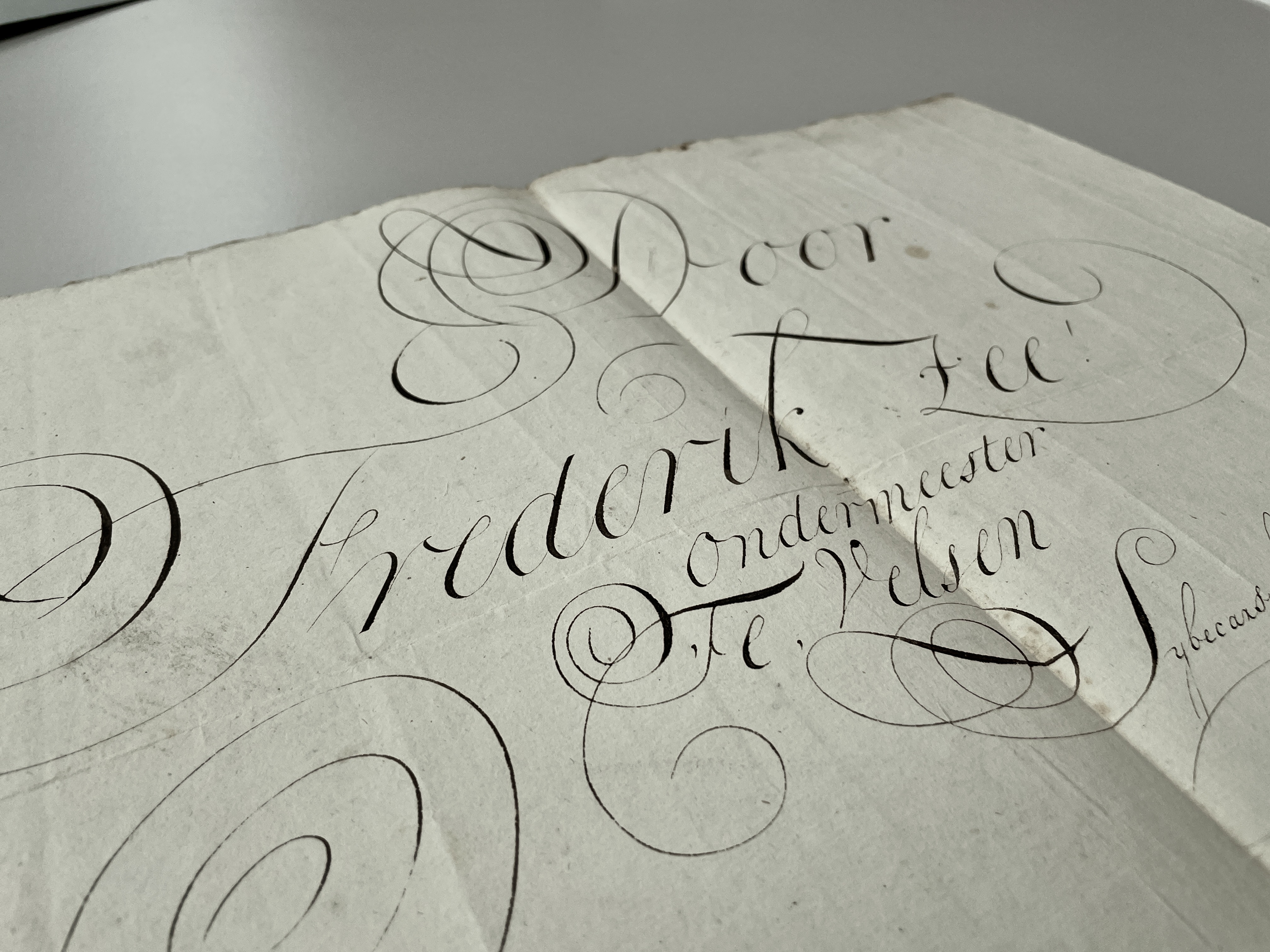
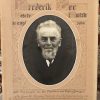
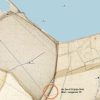
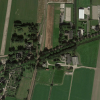
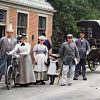
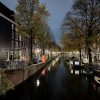

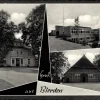
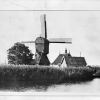
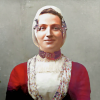

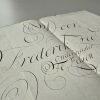
Hello, this is excellent research from you. My name is Joost Zee, and my sister is Ilse Zee. We are children of Marcel Zee en Marjan Tissingh.
Enjoying this so much! My maiden name is Judith Ann Zee –grand-daughter of Paul Henry Zee, Sr. Thank you for putting all of this together!